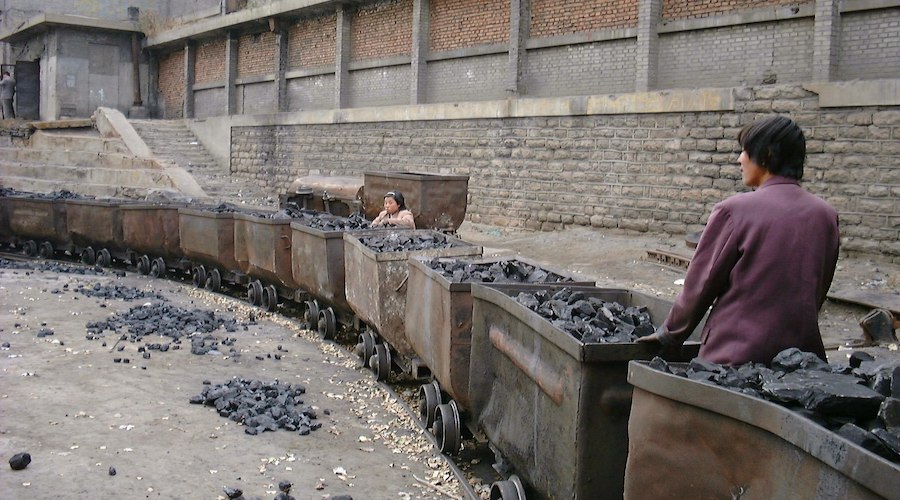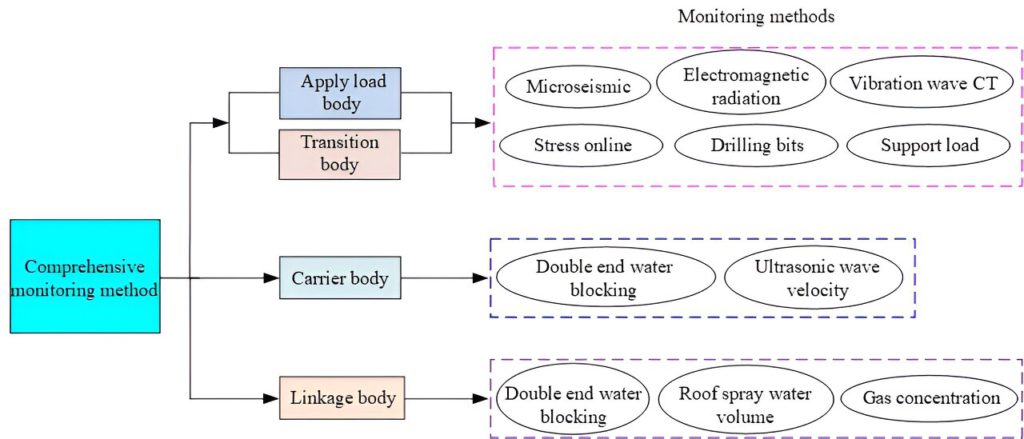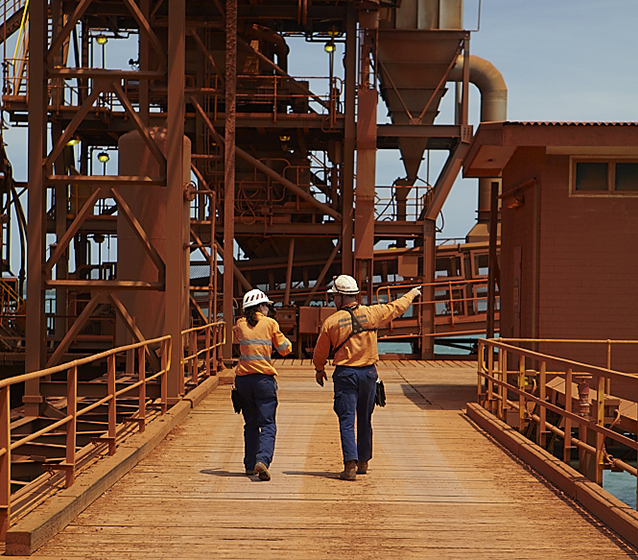Researchers publish disaster risk monitoring protocol for multi-coal seam mining

China’s Tsinghua University researchers established a comprehensive monitoring and evaluation protocol for disaster risk caused by linkage failure and instability of residual coal pillar and rock strata in multi-coal seam mining.
In a paper published in the journal Geohazard Mechanics, the scientists explain that coal pillars from multi-coal seams mining, when unstable, pose significant risks during both the production and closure stages. Their failure can exert intense dynamic pressure on lower coal seams, resulting in substantial deformation and damage to support structures and mining tunnels.
In extreme cases, such instability can trigger disasters like mine earthquakes and widespread collapse of goaf areas, potentially leading to casualties.
The new study found that the instability of residual coal pillar-rock strata is characterized by shallow burial depths, concentrated beneath overlying coal seams, and manifests through various mine pressure forms, including support bending and roof collapse, sometimes leading to surface damage.
It also established that monitoring residual coal pillar-rock strata instability requires attention to fracture development height in addition to other components and that key evaluation indices such as microseismic energy and crack development height have to be identified for assessing coal pillar-rock strata linkage instability.

Using fuzzy comprehensive evaluation, the researchers assessed the medium-risk level of disaster stemming from coal pillar-rock strata linkage instability in a 307-panel area during multi-seam mining. Pressure relief techniques like blasting seemed to be effective in reducing stress, and validating the accuracy of risk assessment.
“Our study serves as a resource for studying and evaluating the disaster risk stemming from the linkage instability of residual coal pillar-rock strata in multi-seam mining,” Qing Ma, first author of the paper, said in a media statement. “Furthermore, the findings offer insights that can be applied to assess the stability and risk associated with residual coal pillar-rock formations post-CO2 injection in closed or abandoned mines.”
In Ma’s view, it is essential to customize the application of these findings to suit the specific production and geological conditions of individual mines.
According to the US Environmental Protection Agency, China is the world’s largest coal producer, with the Shanxi province, located in the North China region, leading the way and accounting for 23% of the country’s coal reserve.
Fatal accidents in coal mines are not uncommon, adding up to over 100 people only in Shanxhi in 2023, a 53% increase from the 65 people killed in 54 coal mining accidents in 2022.
{{ commodity.name }}
{{ post.title }}
{{ post.date }}



Comments
D jones
Why is it always blamed on coal think you should look at bigger picture of how much mining and excitation is required for the simple electric car not to mention all the other green nonsense